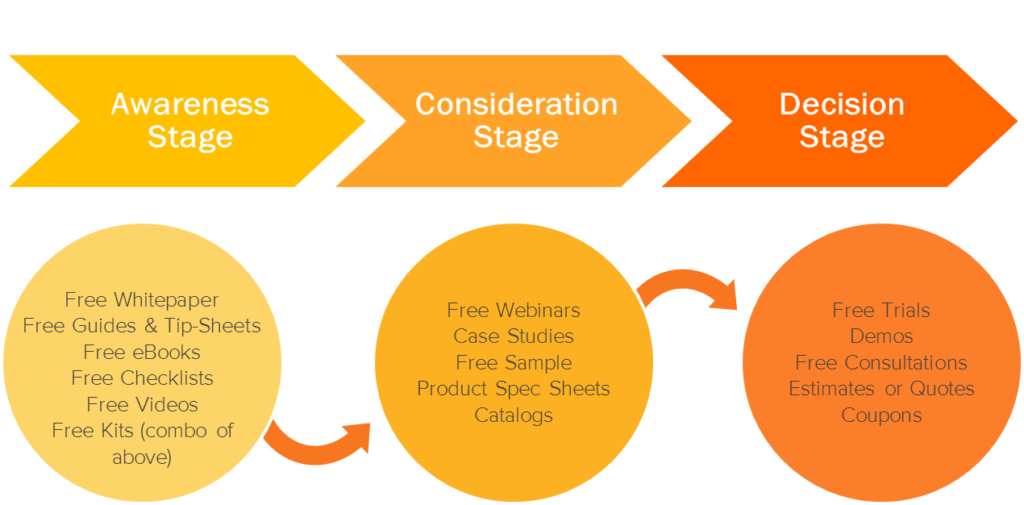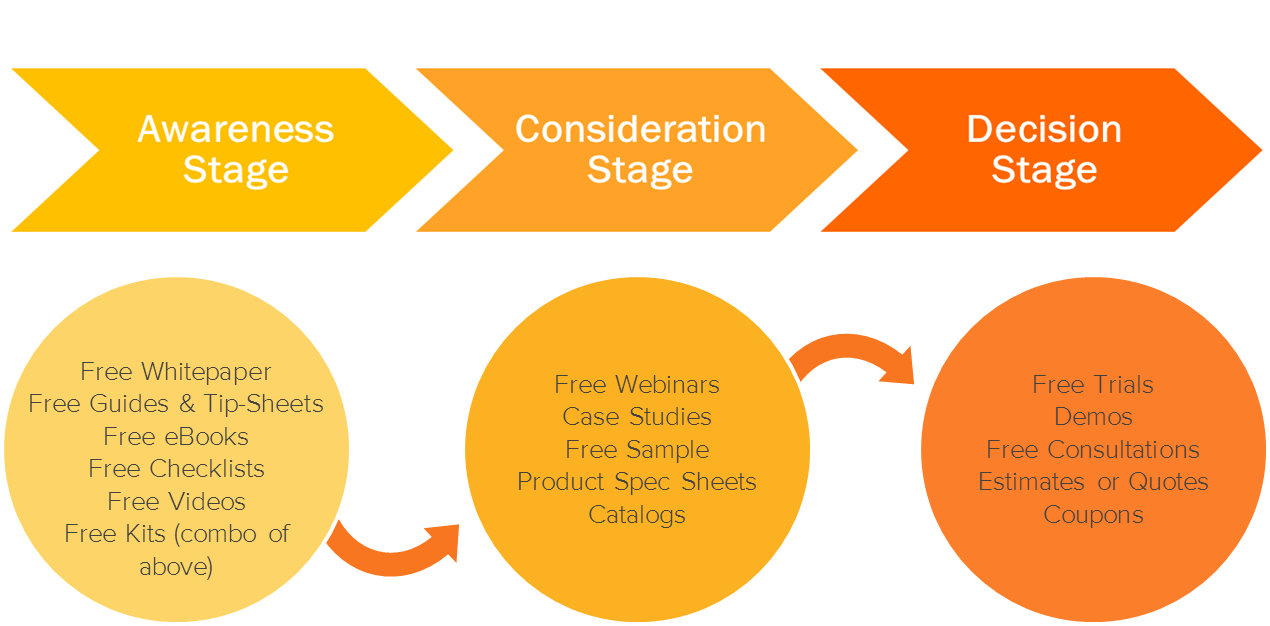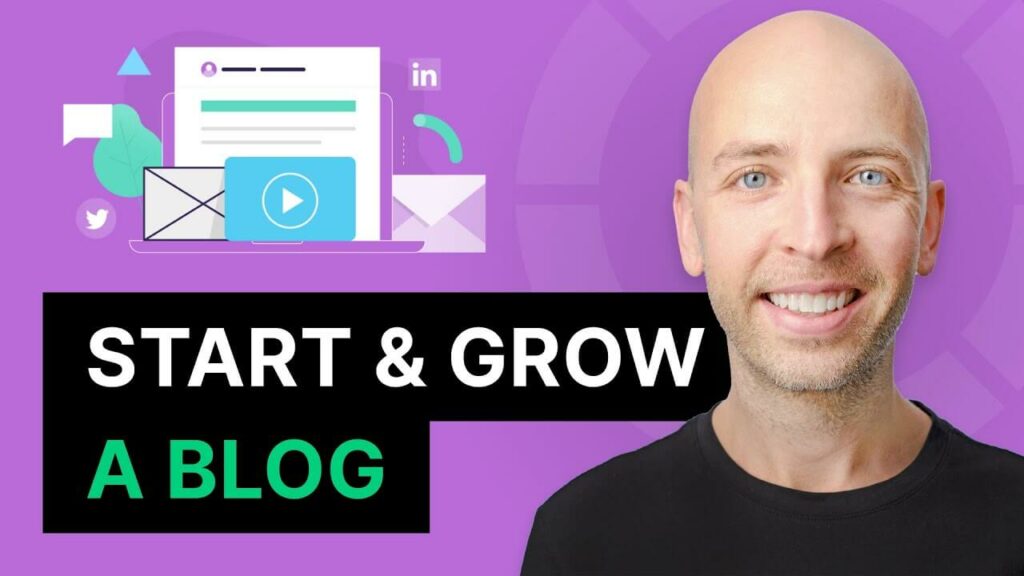Creating Content for Different Stages of the Buyer’s Journey


In today’s highly competitive online marketplace, understanding and catering to your audience’s needs at every stage of the buyer’s journey is crucial for success. By creating content that resonates with your target audience and employing the latest SEO strategies, you can improve your website’s visibility and drive more conversions. In this comprehensive guide, we’ll walk you through the process of creating compelling, SEO-optimized content for each stage of the buyer’s journey, ensuring that you stay ahead of the competition and capture the attention of potential customers.
Understanding the Buyer’s Journey
Before diving into content creation, it’s essential to understand the three stages of the buyer’s journey:
- Awareness Stage: Potential customers realize they have a problem or need.
- Consideration Stage: They research and explore options to address their problem.
- Decision Stage: They evaluate and choose the best solution for their needs.
Content for the Awareness Stage
At this stage, your goal is to create content that educates and informs your audience about their problem. Focus on answering common questions, addressing pain points, and providing valuable insights. Here are some content ideas for the awareness stage:
- Blog posts: Write informative and engaging articles that address common problems in your industry.
- Infographics: Create visually appealing infographics to illustrate complex concepts.
- Social media posts: Share thought-provoking content that sparks conversations and drives engagement.
- Long-tail keywords for Awareness Stage: “how to identify [problem]”, “common causes of [problem]”, “[problem] symptoms and solutions”
Content for the Consideration Stage
During the consideration stage, potential customers are actively researching and comparing solutions. Your content should showcase your expertise and guide them towards choosing your product or service. Consider the following content formats:
- Comparison articles: Compare your product or service with competitors, highlighting your unique selling points.
- Webinars: Host live or recorded webinars that showcase your expertise and address common concerns.
- Case studies: Share success stories from satisfied customers to demonstrate the effectiveness of your solution.
- Long-tail keywords for Consideration Stage: “[product] vs. [competitor]”, “best [product] for [specific need]”, “[solution] pros and cons”
Content for the Decision Stage
At the decision stage, your audience is ready to make a purchase. Your content should provide them with the information they need to feel confident in choosing your product or service. Here are some content ideas for the decision stage:
- Product demos: Offer video demonstrations or interactive walkthroughs that showcase the features and benefits of your product.
- Testimonials: Collect and showcase reviews from satisfied customers to build trust and credibility.
- Pricing guides: Provide transparent pricing information and details about any promotions or discounts.
- Long-tail keywords for Decision Stage: “[product] pricing guide”, “[product] features and benefits”, “real [product] customer reviews”
SEO Best Practices for Content Creation
To ensure your content ranks highly in search engine results, follow these SEO best practices:
- Keyword research: Identify relevant long-tail keywords and incorporate them into your content.
- On-page optimization: Use engaging headings, optimize meta descriptions, and include keywords in strategic locations.
- Link building: Obtain high-quality backlinks from reputable sources to improve your website’s authority.
Conclusion
Creating content that addresses the unique needs of your audience at each stage of the buyer’s journey is vital for driving engagement, building trust, and ultimately, increasing conversions. By following this comprehensive guide and employing the latest SEO strategies, you’ll be well on your way to crafting compelling, high-ranking content that not only captivates your readers but also effectively guides them through the buyer’s journey. Remember to stay informed about the ever-evolving search engine guidelines and ranking factors to ensure that your content remains relevant and competitive in the digital landscape. By consistently delivering valuable and engaging content, you’ll strengthen your brand’s online presence and foster lasting relationships with your customers.






Responses